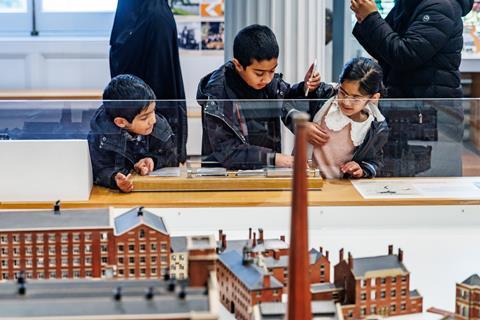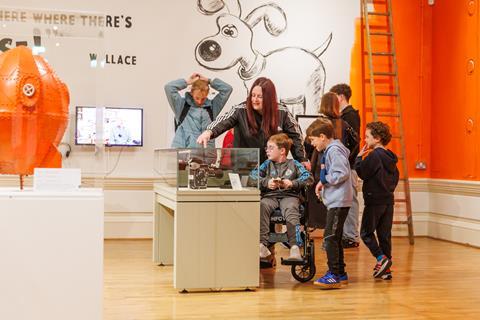The Harris in Preston has relaunched following a major £19 million restoration, featuring new areas for schools alongside exhibitions, tours and visitor facilities in the Grade I listed building.

New learning spaces will host school sessions at The Harris in Preston which has reopened after a major restoration.
Described as a ‘once in a generation’ transformation costing £19 million, The Harris has relaunched with areas for children to learn along with an impressive exhibition programme, new café and shop as well as new heritage tours.
The Harris is made up of a museum, art gallery and library and is now set to welcome up to 500,000 visitors each year after reopening with a new visitor experience.
Its museum space, and collections, tell the story of Preston and the world beyond - it has ceramics, history, fashion & textiles, glass, art and photograph displays. One of the collections, Preston Lookout Exhibition, tells the story of the Preston Strike and Lock-out of 1853-54 in which 20,000 workers from the cotton industry went on strike to protest about conditions and wage cuts.
The First Floor Balcony is now a dedicated space for community exhibitions while The Studio is a new space designed to spark creativity, curiosity and connection.

About school visits to The Harris
Heritage Learning Lancashire is managing school sessions at the attraction. The team have been familiarising themselves with the new spaces and trialling Ancient Greeks and Prehistory sessions for primary schools.
There is set to be an exciting new session launching in spring 2026. Schools can now enquire about museum visits or outreach sessions. There are also a range of online resources from The Harris such as Preston Takes in WW1 Belgian Refugees (for Key Stages 2-4), Victorian Transport in Preston (KS1/2) and Victorian Homes in Preston (KS2).
An interesting history
First opened in 1983, The Harris is housed in a Grade I listed building owned and managed by Preston City Council. But it was Edmund Robert Harris, a Preston lawyer, who made the idea of a free library, museum and art gallery a reality in the second half of the 19th century.

The architecture has an interesting history. Local architect and Alderman of Preston James Hibbert designed it, using a Neo-Classical style which differed markedly from the Gothic Revival Town Hall designed by George Gilbert Scott.
To prevent a clash of styles, the building was set on the western side of the square, adjacent but not next to the old Town Hall. The style is paralleled in other public buildings including the British Museum in London and the Konzerthaus in Berlin.










